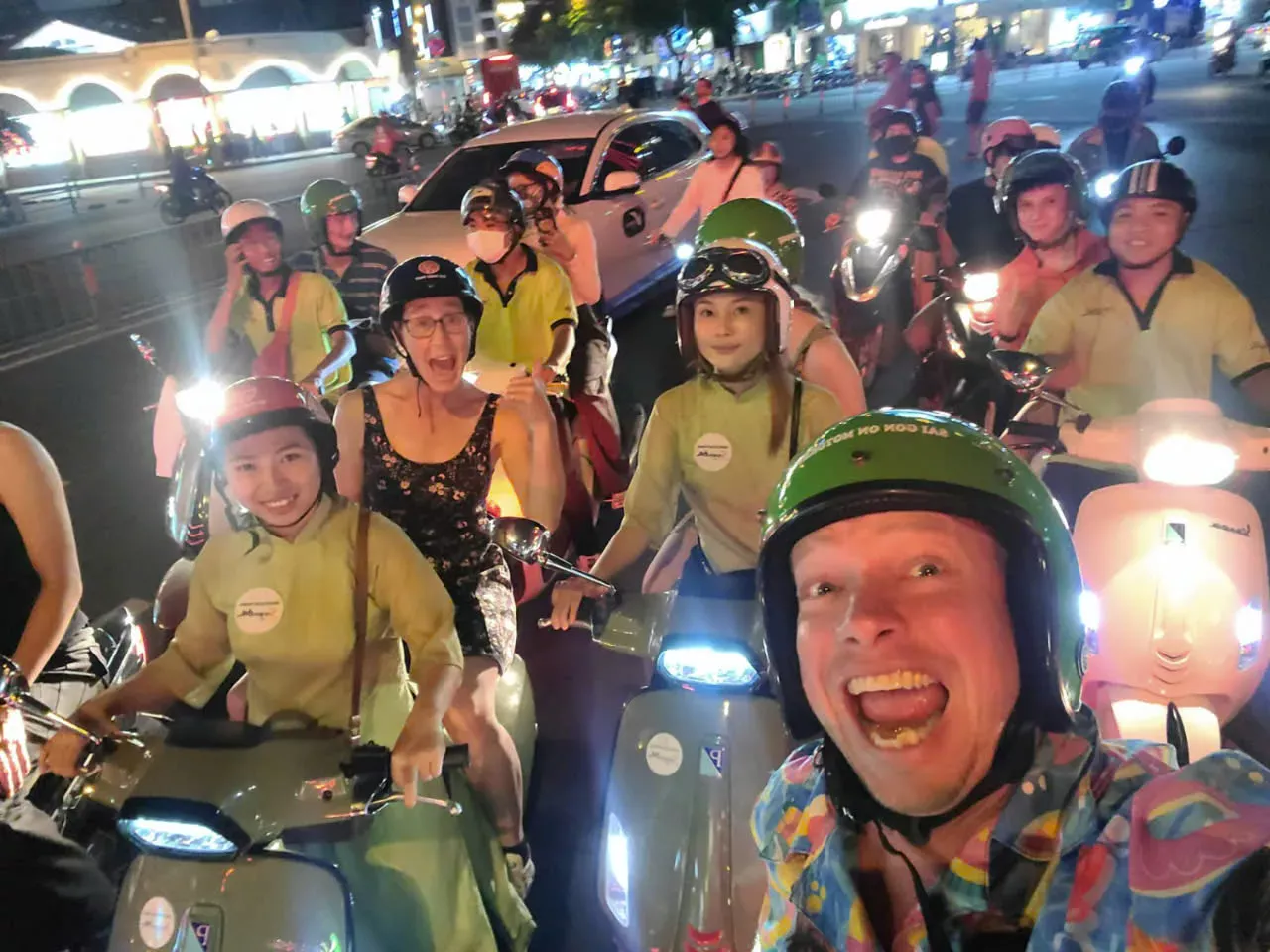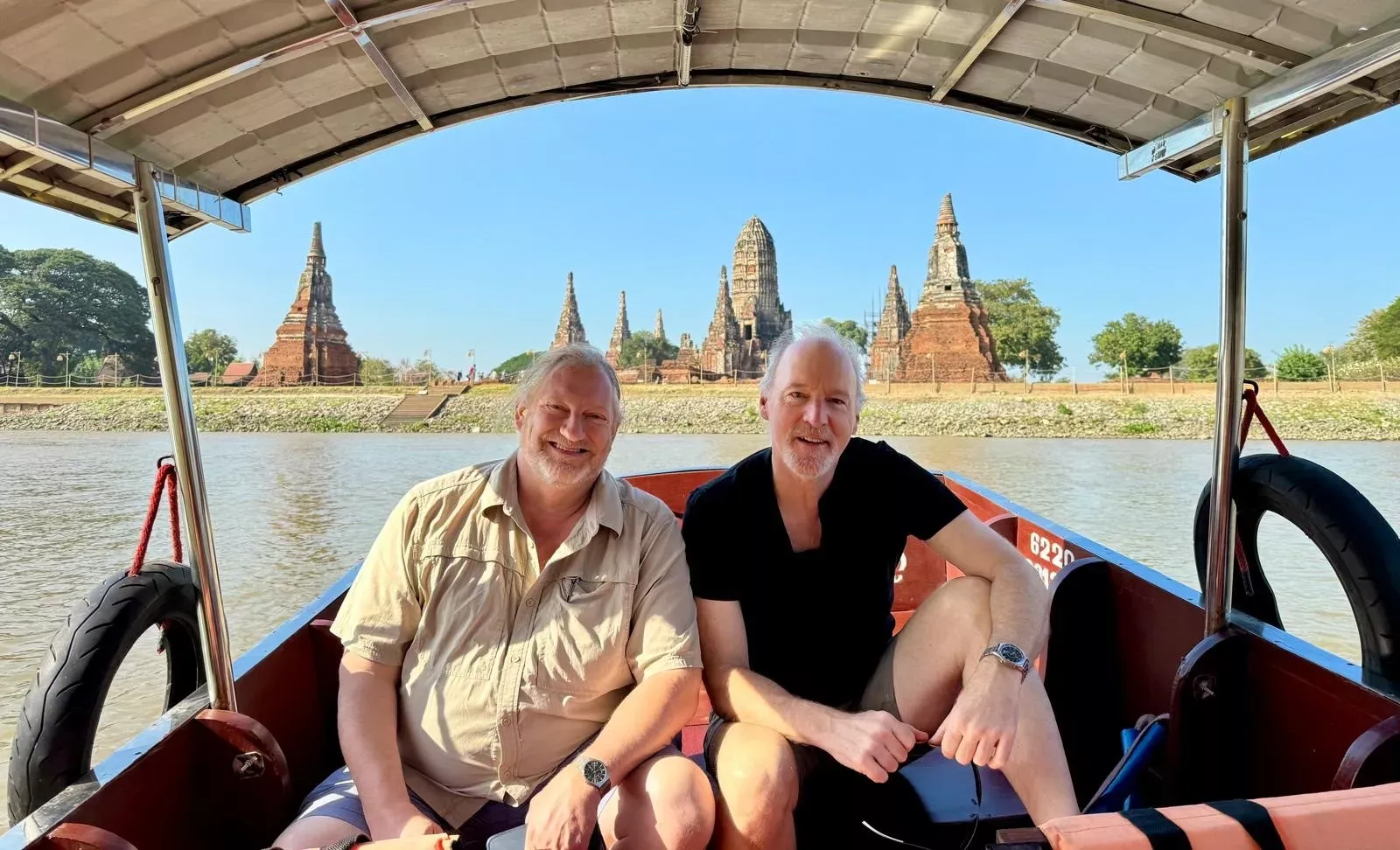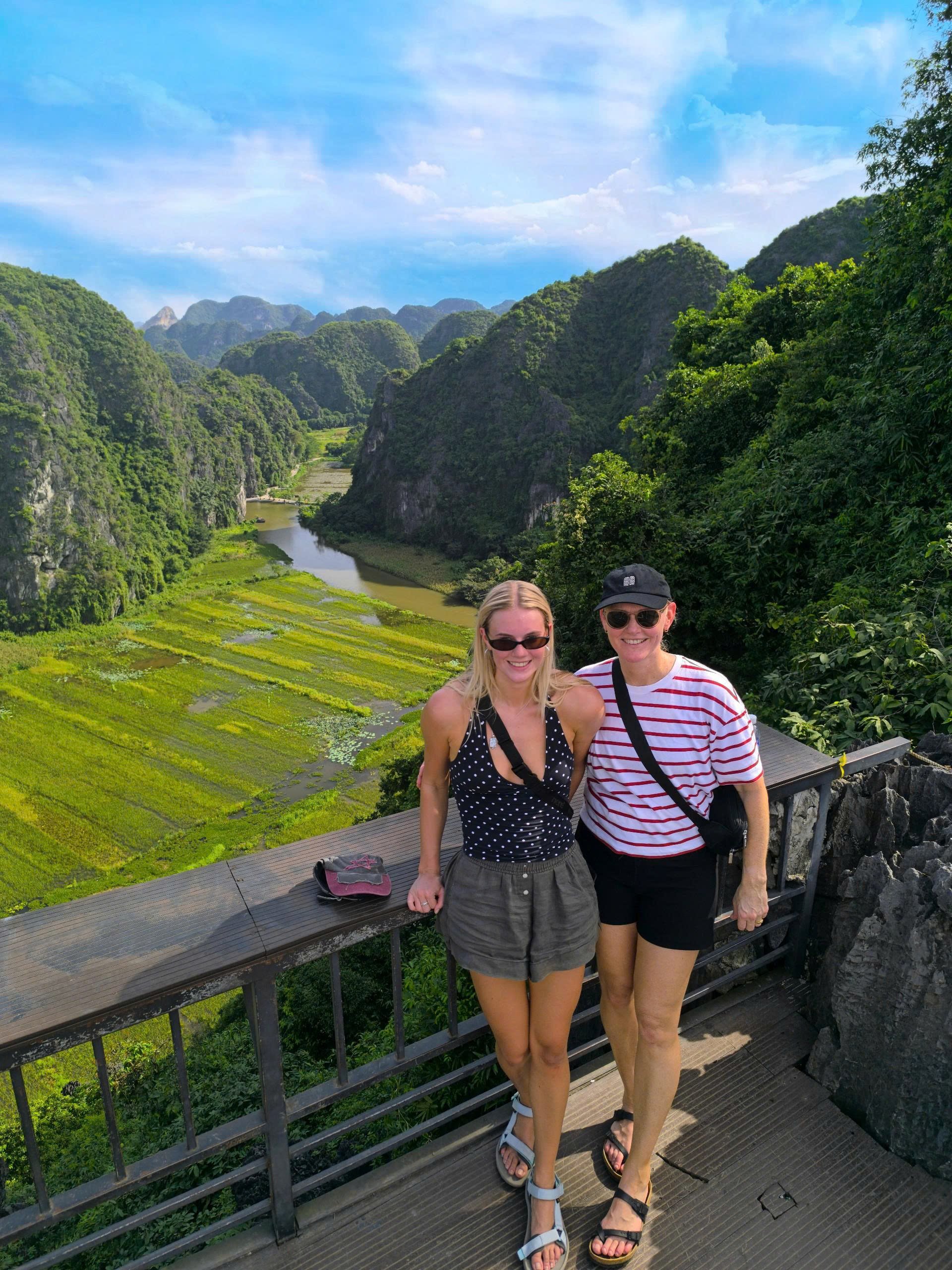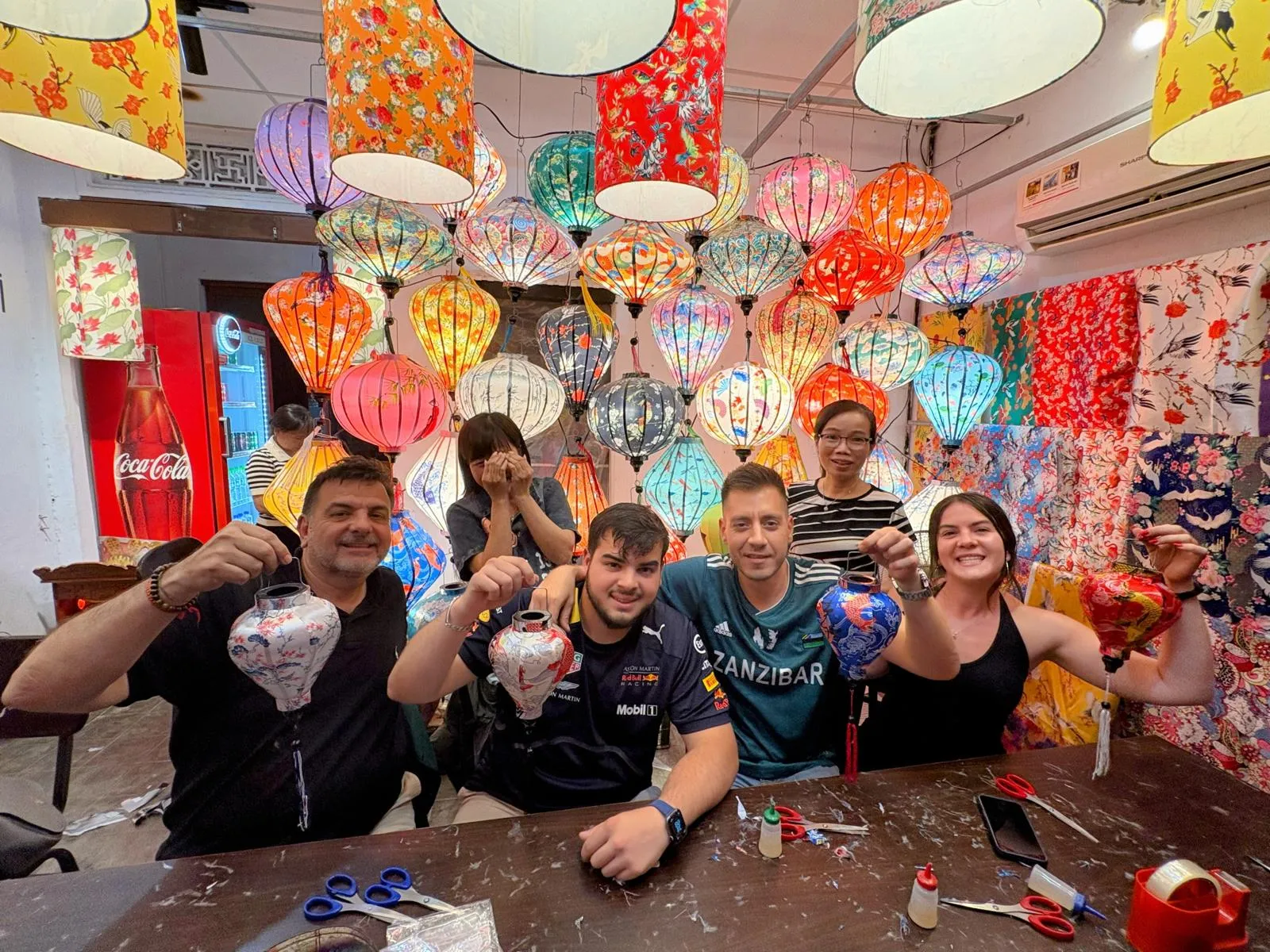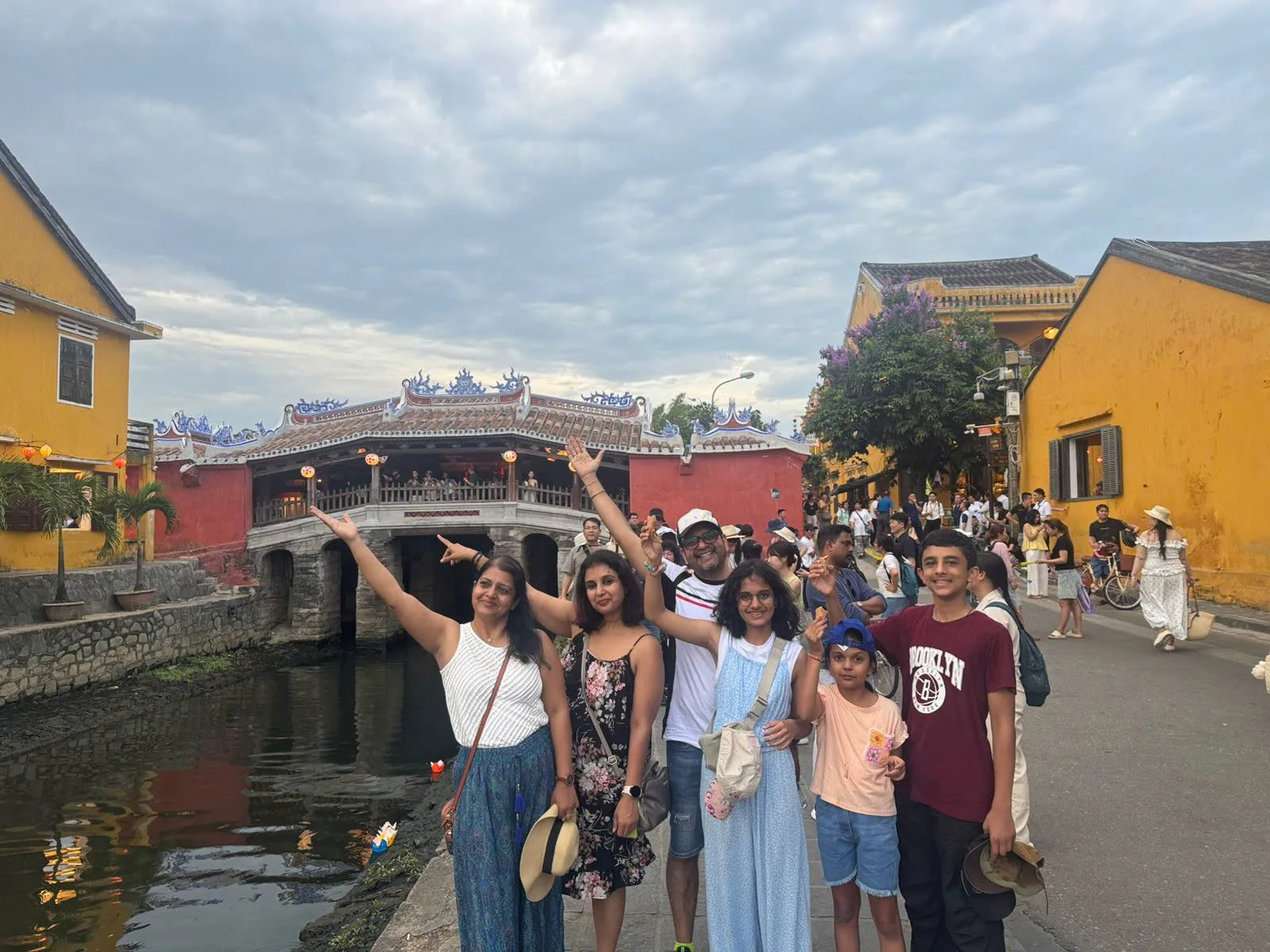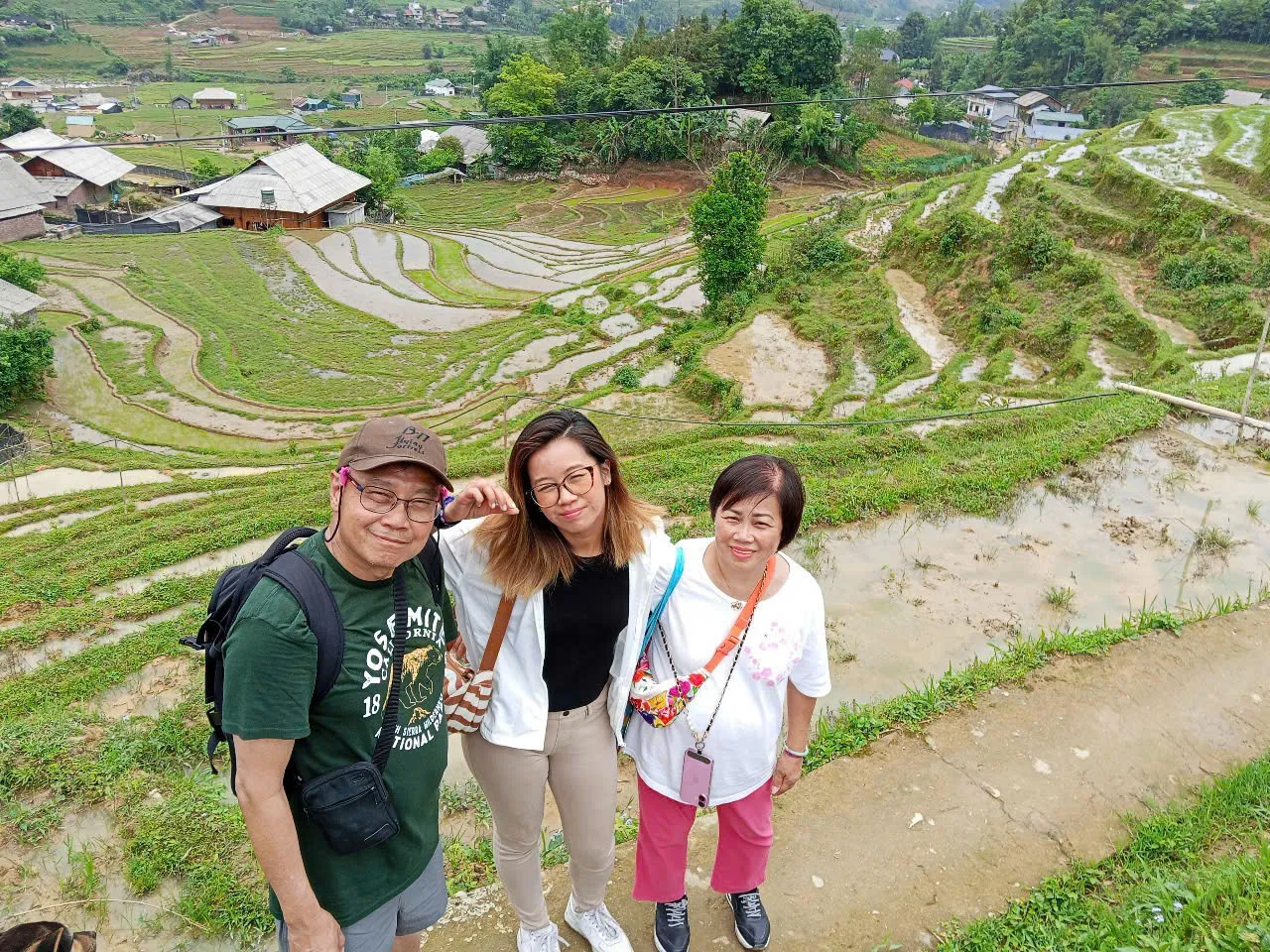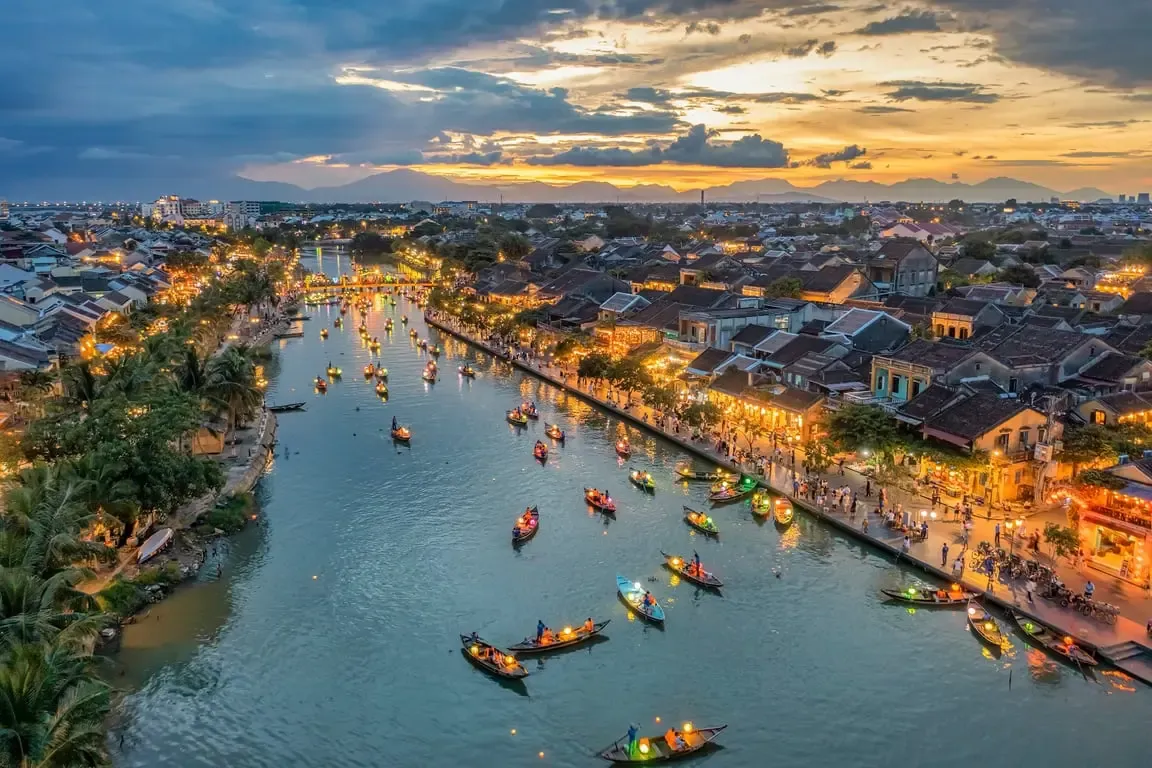
Visa Requirements – Who Needs One and How to Apply
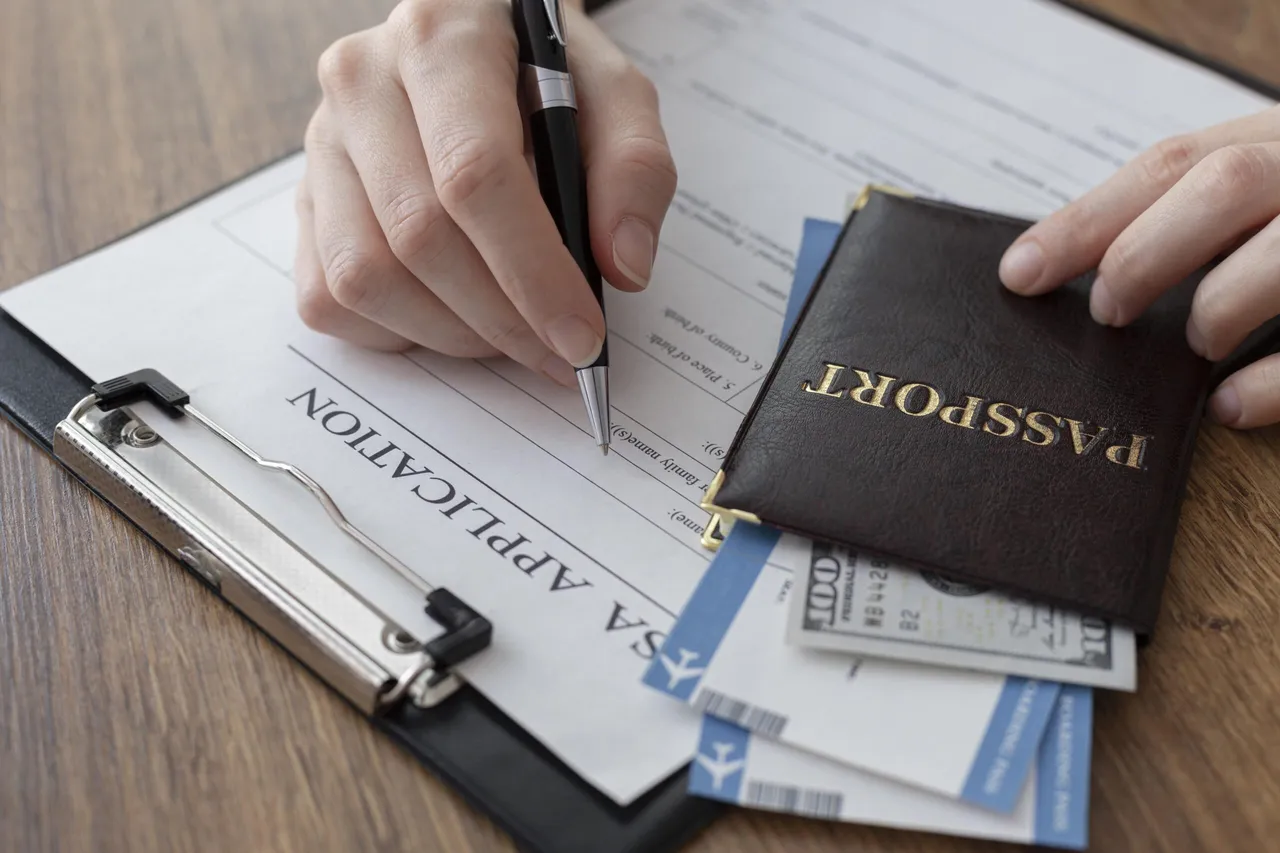
Start with the essentials: Vietnam’s visa policy is straightforward, but it's important to understand your options.
Vietnam offers several visa options depending on your nationality and travel plans. Visa-free entry is granted to citizens of select countries such as Japan, South Korea, the United Kingdom, Germany, France, Italy, Spain, and most Southeast Asian nations, allowing stays from 15 to 45 days. For other travelers, the most convenient option is the Vietnam e-visa, available to passport holders from over 80 countries, including the United States, Canada, Australia, New Zealand, India, and all EU member states. The e-visa can be applied for online at https://evisa.gov.vn and is issued for 30 or 90 days, with options for single or multiple entries. Another option is the visa on arrival, available only for air travelers who obtain a pre-approval letter from a licensed agency—note that this method is not valid at land or sea borders. To apply for any visa to Vietnam, travelers need a passport valid for at least six months, a passport-sized photo, and basic travel details. As of 2025, Vietnam has removed COVID-related entry requirements, but checking official updates before departure is still recommended.
Transportation – Getting Around Vietnam
Vietnam is a long, narrow country, and choosing the right modes of transport can save time and enhance your travel experience. Thankfully, there are plenty of options available.
Domestic Travel
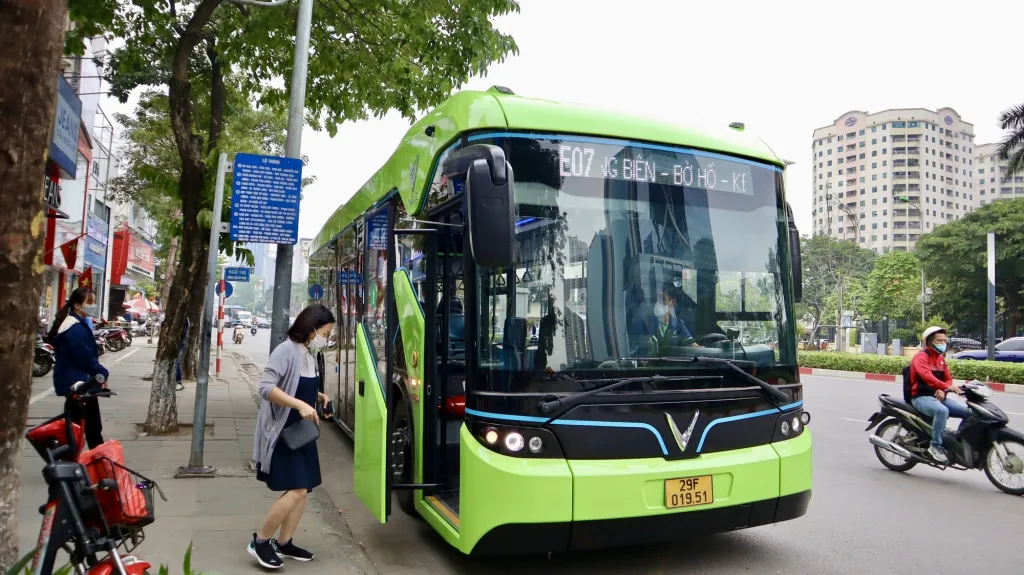
-
Flights are ideal for covering long distances, such as from Hanoi to Ho Chi Minh City. Local airlines include Vietnam Airlines, VietJet Air, and Bamboo Airways.
-
Trains, including the iconic Reunification Express, provide a scenic but slower option. Soft-sleeper cabins are the most comfortable for long journeys.
-
Buses and minivans are widely used and affordable. Reputable companies like Futa and Sinh Tourist operate between major cities and tourist destinations.
City Travel
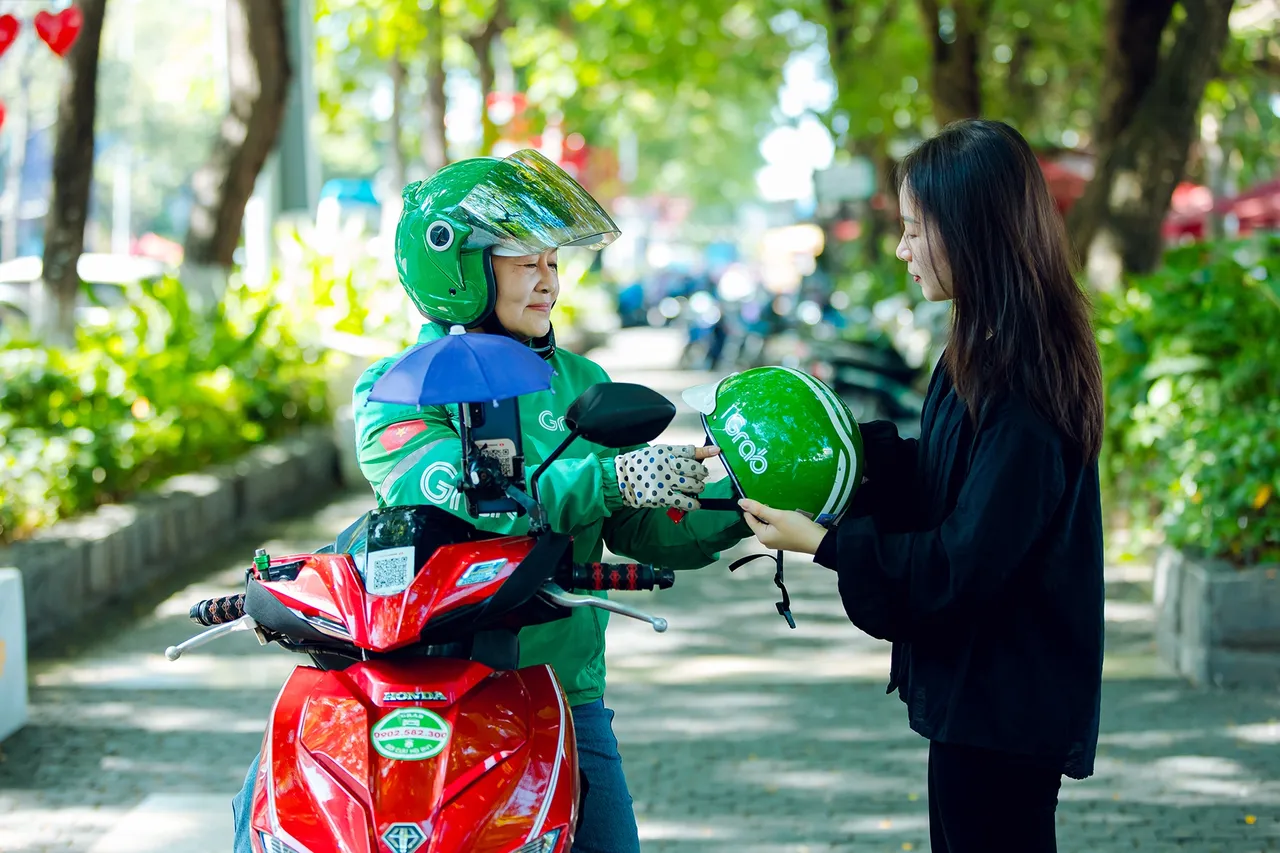
-
Grab is the preferred ride-hailing app. It is safe, cashless, and reliable in cities such as Hanoi, Da Nang, and Ho Chi Minh City.
-
Public buses are extremely cheap, although routes can be difficult to follow without a local app.
-
Scooter rentals are common, but traffic can be intense. Only rent if you have experience and an international driving permit.
-
Cyclo rides offer a slower, scenic way to explore historic districts, especially in Hanoi and Hue.
SIM Cards and Staying Connected
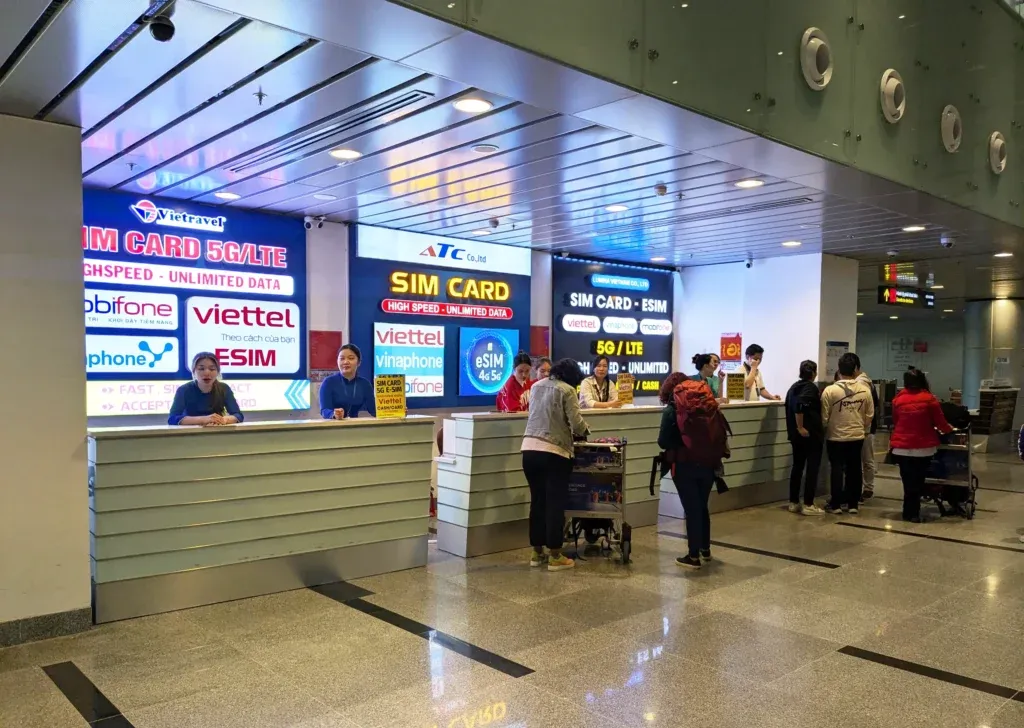
Getting online in Vietnam is easy and inexpensive. At any international airport, you can purchase a SIM card from providers like Viettel, Vinaphone, or Mobifone. Tourist plans usually include generous data allowances at affordable prices.
Wi-Fi is widely available in hotels, cafes, and even some buses. If your phone supports eSIMs, you can activate one before arrival. Having mobile data makes navigating cities, booking transport, and translating signs much easier. Mobile coverage is strong, even in many rural areas.
Traffic in Vietnam - How to Cross the Street Like a Local
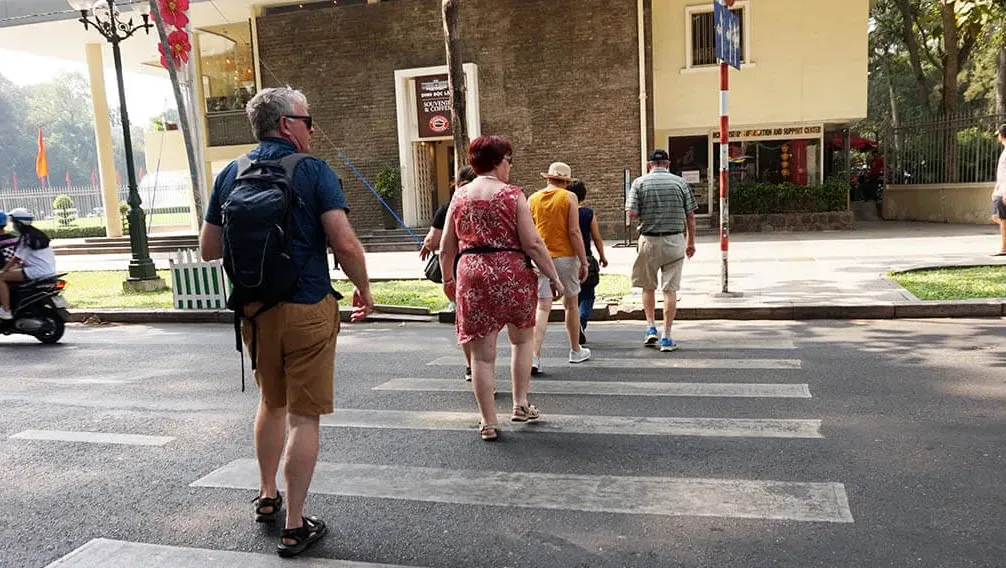
Vietnamese traffic can seem overwhelming at first, especially in bustling cities like Hanoi or Ho Chi Minh City. But once you observe it closely, you’ll notice there’s an unspoken rhythm that locals instinctively follow. To cross the road safely, use intersections or pedestrian signals when available. Step off the curb with steady, confident steps, maintaining a consistent pace without stopping suddenly. Raising one hand can signal your intention to cross, helping motorbike drivers adjust their path. And if you're unsure, simply walk alongside locals who are familiar with the flow. With a bit of patience and awareness, you’ll find that navigating Vietnamese streets becomes not only manageable but also a memorable part of the experience.
We’ve gathered even more helpful tips to make your trip to Vietnam smooth and unforgettable. You can read it here
Accommodation – Where to Stay in Vietnam

Vietnam offers something for every budget and travel style.
-
Hostels are great for budget travelers and solo backpackers in major cities.
-
Homestays, especially in Sapa, Ha Giang, and the Mekong Delta, offer cultural immersion and home-cooked meals.
-
Mid-range hotels and boutique stays in towns like Hoi An, Hanoi, and Hue provide comfort with charm and local character.
-
Luxury resorts, particularly in Phu Quoc, Da Nang, and Nha Trang, deliver high-end amenities including pools, spas, and beachfront locations.
To secure the best rates, book in advance, particularly during Tet (Lunar New Year), summer vacation periods, and Christmas holidays.
Best Time to Visit Vietnam by Region
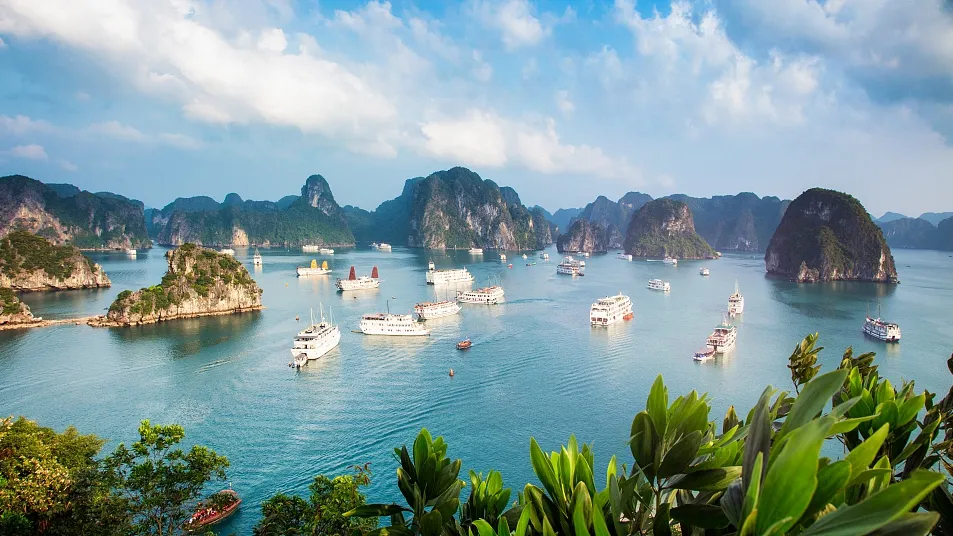
Vietnam’s regional climate varies significantly, so choosing the right time to travel depends on where you plan to go.
-
Northern Vietnam (Hanoi, Sapa, Ha Long Bay): Best from October to April. This period is cooler and drier, ideal for hiking and city sightseeing.
-
Central Vietnam (Hue, Hoi An, Da Nang): February to May offers the most pleasant conditions before the hot summer and stormy autumn.
-
Southern Vietnam (Ho Chi Minh City, Mekong Delta, Phu Quoc): December to April is the dry season with warm, sunny days.
For more monthly breakdowns, see our full Best Time to Visit Vietnam guide here
Top Places to Visit in Vietnam
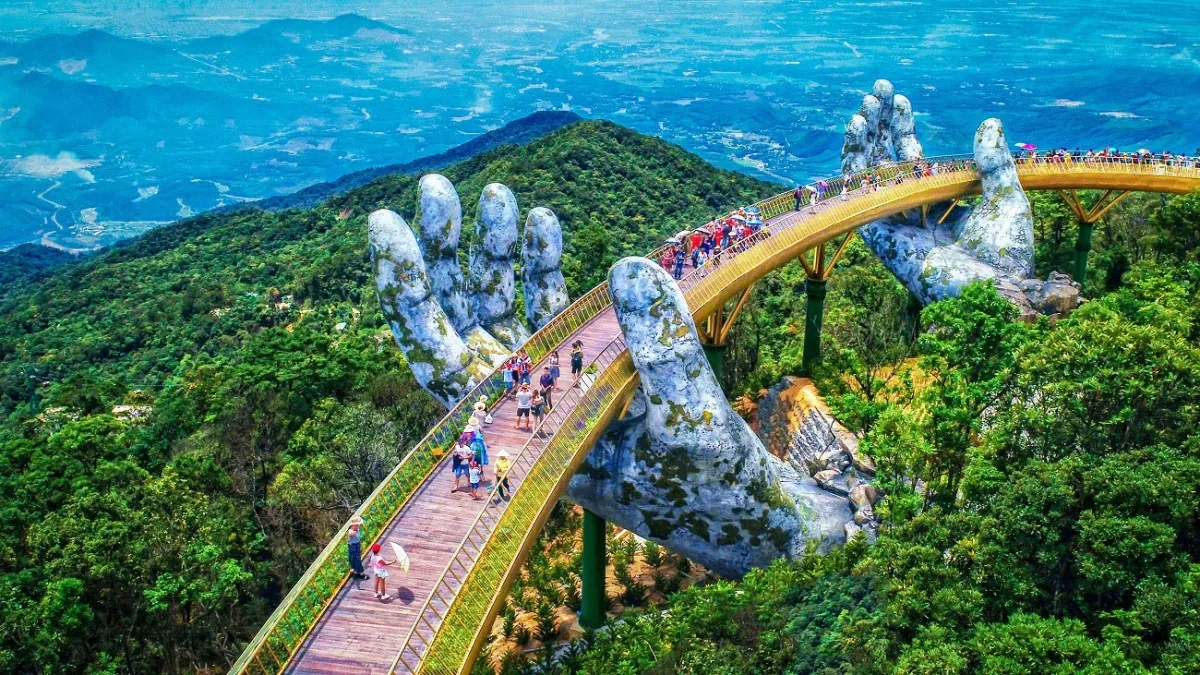
Whether it’s your first visit or a return trip, these destinations highlight the country’s diversity.
Northern Vietnam
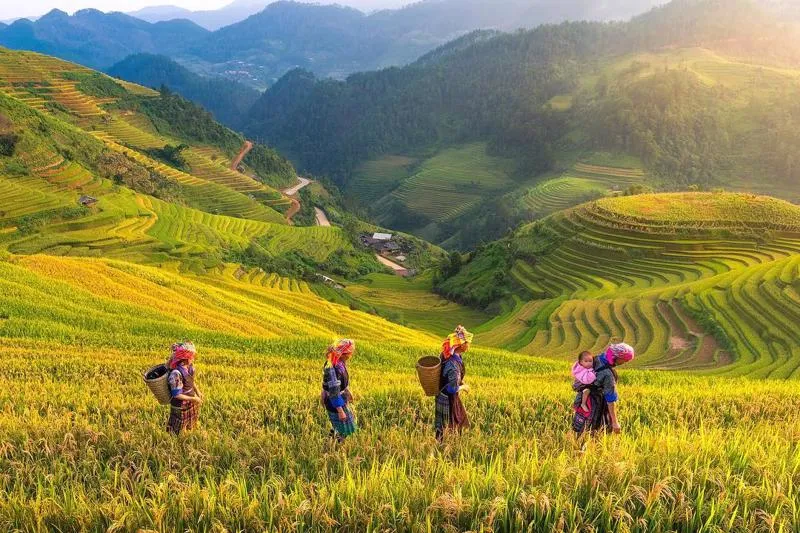
Hanoi
Welcome to Hanoi, Vietnam’s thousand-year-old capital where tradition and modern life blend beautifully. From ancient temples and colonial architecture to lakeside strolls and sizzling street food, this city offers something for every kind of traveler.
Ha Long Bay
Famous for its emerald waters and dramatic limestone karsts, Ha Long Bay is a place where nature truly takes your breath away. An overnight cruise through the bay is the perfect way to soak in its serene beauty.
Sapa
Up in the northern highlands, Sapa invites you to trek through layered rice terraces and misty mountains. It’s also a chance to connect with ethnic minority communities and experience a slower, more grounded way of life.
Ninh Binh
Often described as “Ha Long Bay on land” Ninh Binh charms visitors with peaceful boat rides through towering cliffs and lush rice fields. It’s a quiet escape into Vietnam’s countryside, full of scenic wonders.
Ha Giang
For those seeking adventure, Ha Giang offers one of Vietnam’s most breathtaking road trips. With winding mountain passes and untouched landscapes, it’s a journey that feels both wild and deeply rewarding.
Central Vietnam

Hue
Once Vietnam’s imperial capital, Hue still echoes with royal history. From ancient tombs to the majestic Imperial City, the past comes alive along the banks of the Perfume River.
Hoi An
Charming and full of character, Hoi An is known for its lantern-lit streets, traditional tailors, and riverside cafés. It’s a town that invites you to slow down and take in its timeless beauty.
Da Nang
Modern and laid-back, Da Nang is where beach lovers and city explorers meet. With golden coastlines, vibrant markets, and iconic sights like the Marble Mountains and Ba Na Hills, it’s a great place to pause and play.
Phong Nha
Phong Nha is an underground world of wonder, home to some of the most spectacular caves on Earth—including the legendary Son Doong. It’s a dream for nature lovers, photographers, and adventurers alike.
Southern Vietnam
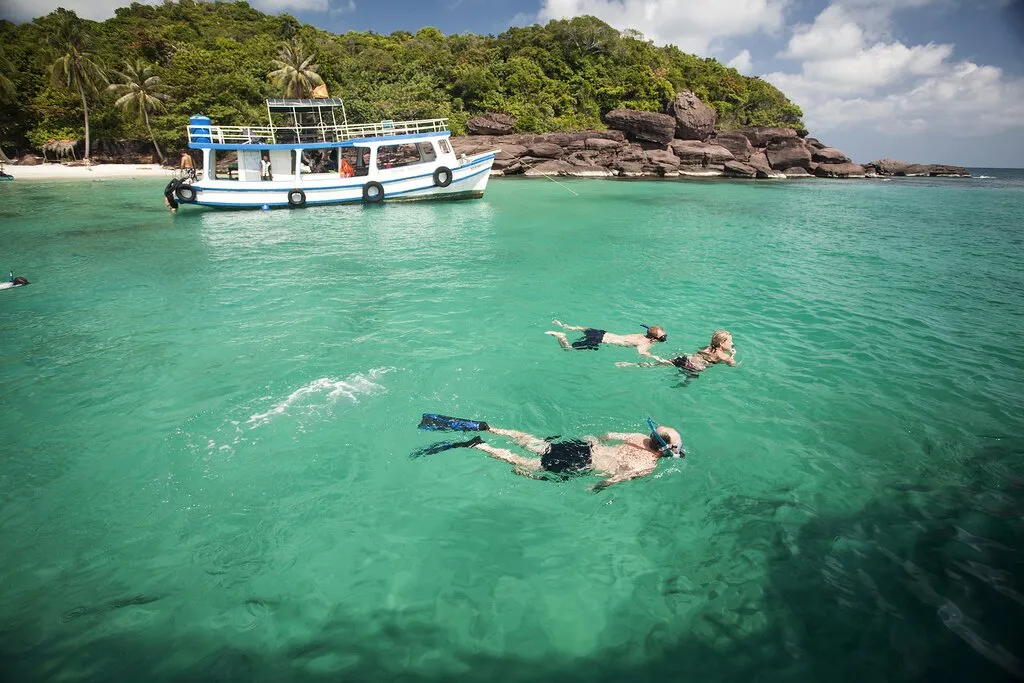
Ho Chi Minh City
Fast-paced and full of life, Ho Chi Minh City pulses with energy from morning to night. Here, modern skyscrapers rise beside French colonial buildings, and every street has a story to tell.
Mekong Delta
The Mekong Delta is a world shaped by water, where boats replace buses and life flows gently along the river. Floating markets, lush orchards, and friendly villages make it a place to slow down and soak in local culture.
Phu Quoc
If you’re dreaming of beaches and blue waters, Phu Quoc is the answer. This island getaway offers everything from coral reefs and coconut palms to night markets and quiet coastal corners.
And that’s just the beginning - explore more of Vietnam with our full guide to the top 30 must-visit places across the country.
Food Guide – What (and Where) to Eat in Vietnam
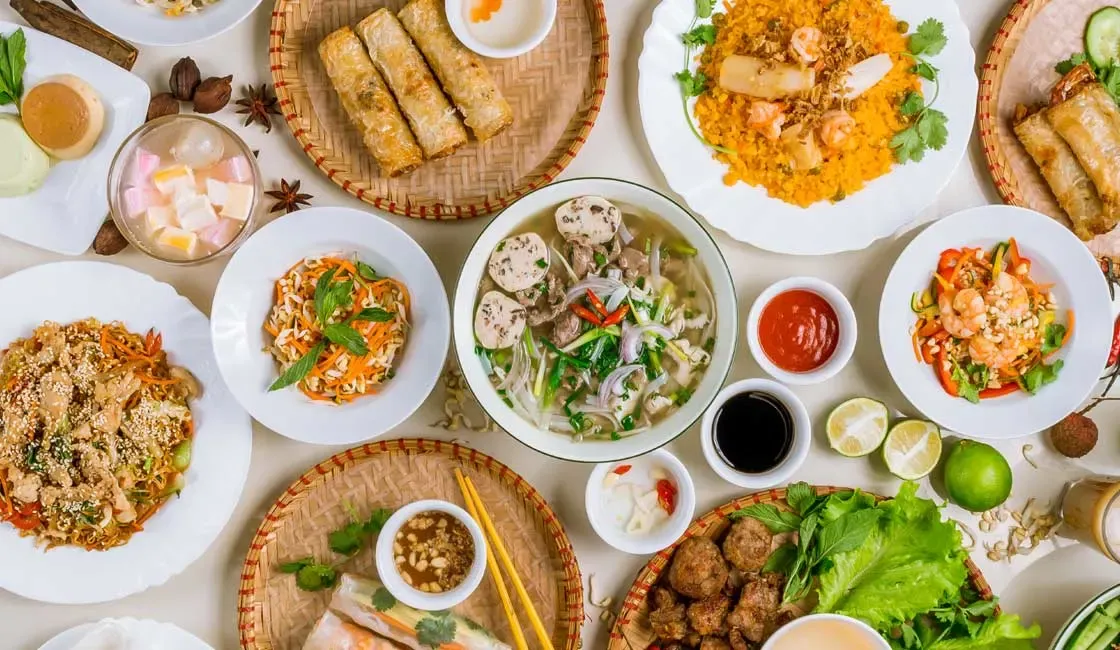
Vietnam is a dream destination for food lovers. From north to south, the country offers a wide variety of flavors, ingredients, and cooking styles that make every meal memorable. Whether you’re dining in a local restaurant or grabbing a quick bite from a street vendor, Vietnamese food is full of fresh herbs, bold spices, and regional flair.
Must-Try Dishes in Vietnam
-
Pho – The iconic Vietnamese noodle soup, typically served with beef (pho bo) or chicken (pho ga).
-
Banh Mi – A crispy baguette sandwich filled with grilled meats, pickled vegetables, herbs, and sauces.
-
Bun Cha – A Hanoi specialty of grilled pork served with rice noodles, fresh herbs, and dipping sauce.
-
Com Tam – Broken rice topped with grilled meat, pickled vegetables, and often a fried egg.
-
Banh Xeo – A savory, crispy rice flour pancake filled with shrimp, pork, and bean sprouts.
Regional Vietnamese Cuisine
-
Northern Vietnam – Focuses on light, balanced flavors and clear broths.
-
Central Vietnam – Known for spicy, rich dishes and royal-inspired recipes.
-
Southern Vietnam – Sweeter, with plenty of herbs, coconut milk, and tropical ingredients.
Want to explore more? Check out our complete guide what to eat in Vietnam and famous Vietnamese foods. You’ll find local favorites from Hanoi to Ho Chi Minh City and hidden gems you won’t want to miss.
Tips for Enjoying Street Food Safely
-
Eat where locals eat — busy stalls usually mean fresh food.
-
Look for clean cooking areas and proper food handling.
-
Avoid ice unless you’re sure it’s made from filtered water.
-
Not a fan of spice? Just say “không cay” (no spicy).
What to Avoid in Vietnam – Travel Etiquette and Local Tips
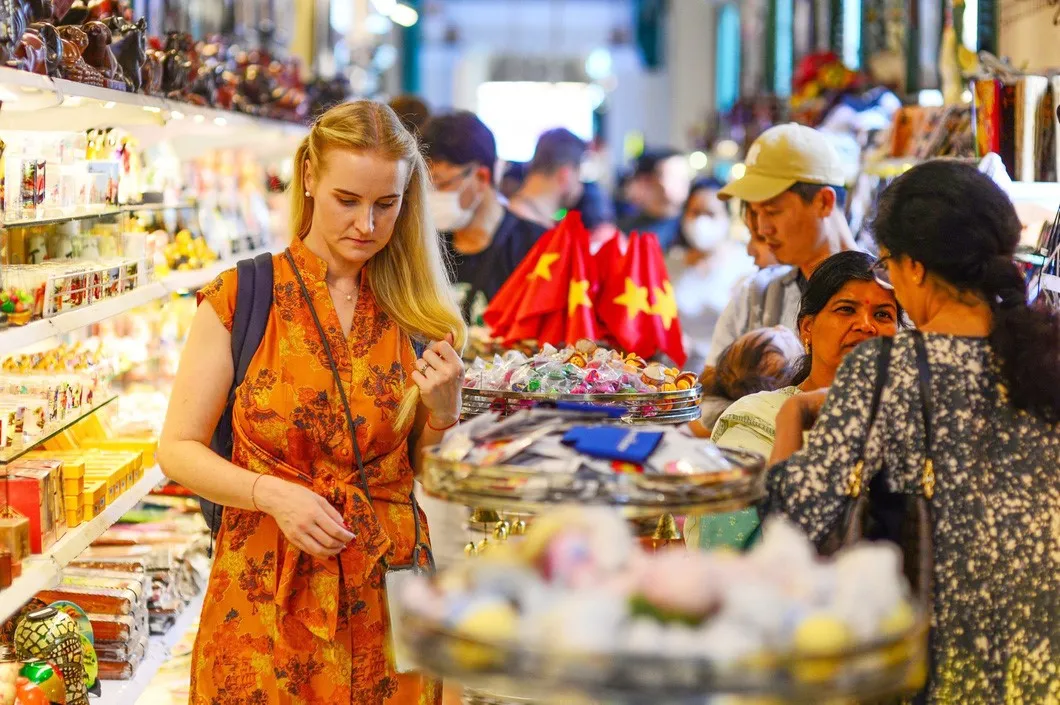
Being mindful of local customs helps you travel more respectfully and comfortably.
Cultural Etiquette
-
Dress modestly at temples and places of worship.
-
Remove shoes when entering homes or pagodas.
-
Avoid touching anyone’s head or pointing your feet at people.
Photography and Scams
-
Ask before taking photos of locals.
-
Be cautious of strangers offering unsolicited help or tours.
-
Use Grab or hotel-booked taxis to avoid fare inflation.
Tipping and Bargaining
-
Tipping is not mandatory but appreciated. Rounding up the bill or leaving 5–10% is common in restaurants and tours.
-
Bargain politely at markets, especially in tourist-heavy areas. A smile and good humor go a long way.
Conclusion
Vietnam is one of Southeast Asia’s most captivating destinations. From the mountains of the north to the beaches of the south, the country offers a mix of adventure, relaxation, and cultural depth.
With this Vietnam travel guide, you're ready to navigate your journey with confidence. From getting around and eating well to understanding the culture and choosing where to go, thoughtful preparation leads to richer experiences.
Want more local insights and expert travel tips? Watch our Vietnam Travel Guide video and start planning the journey of a lifetime.
Ready to dive deeper? You might want to read about:
Each guide will help you get one step closer to an unforgettable journey.

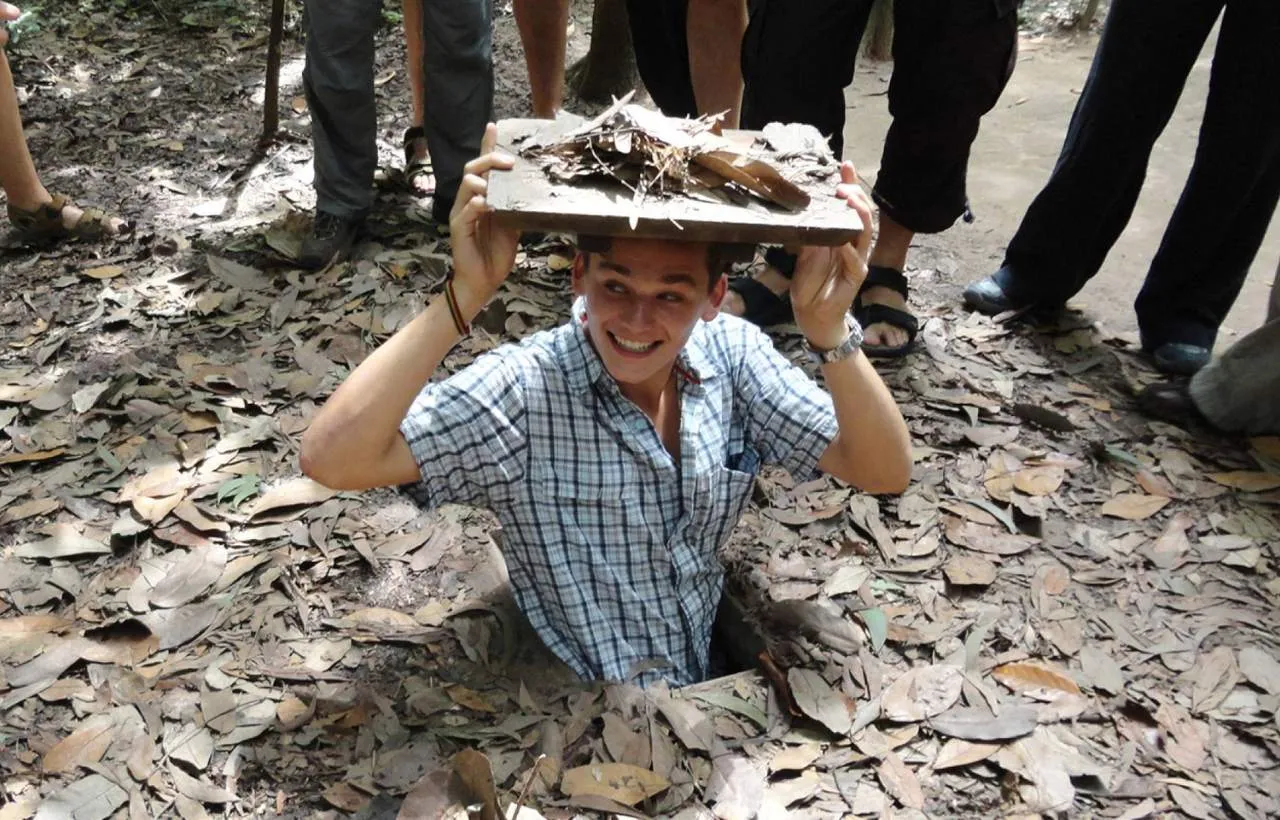
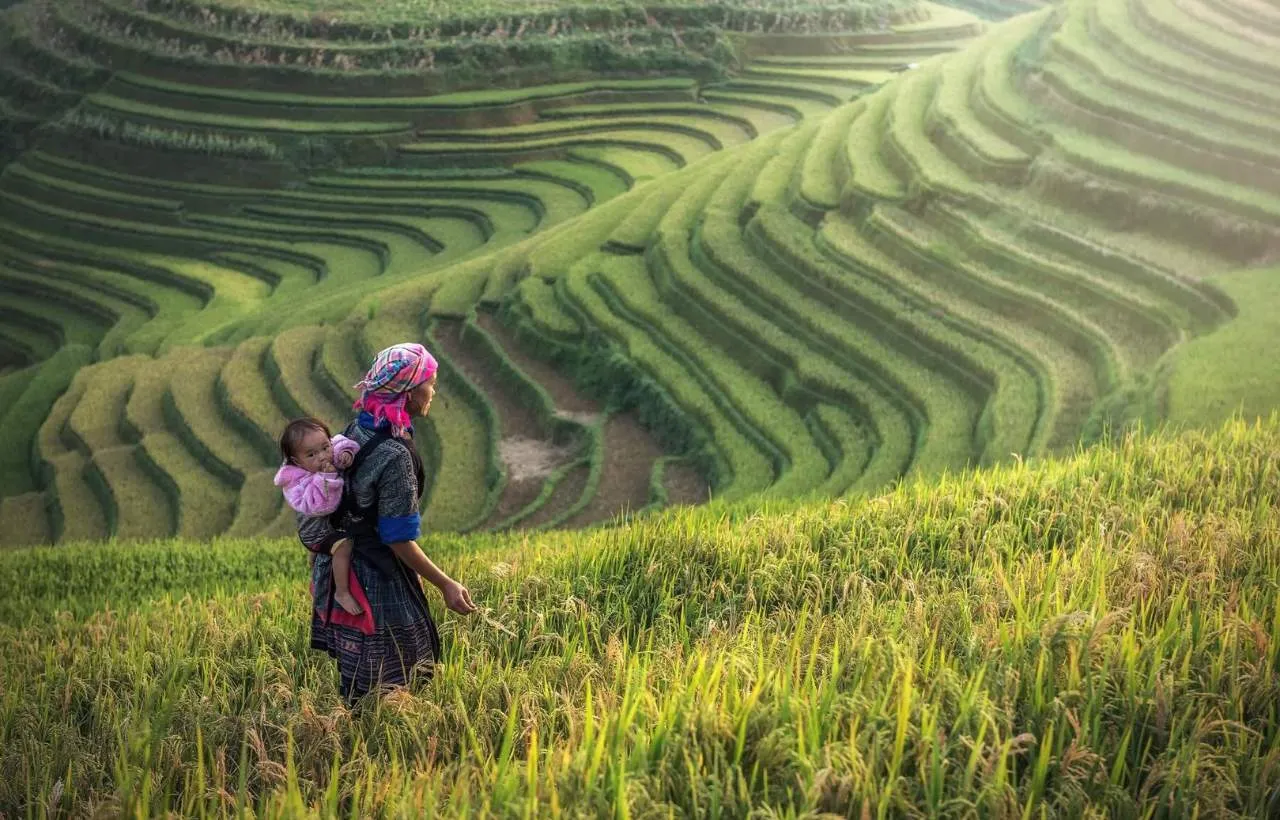
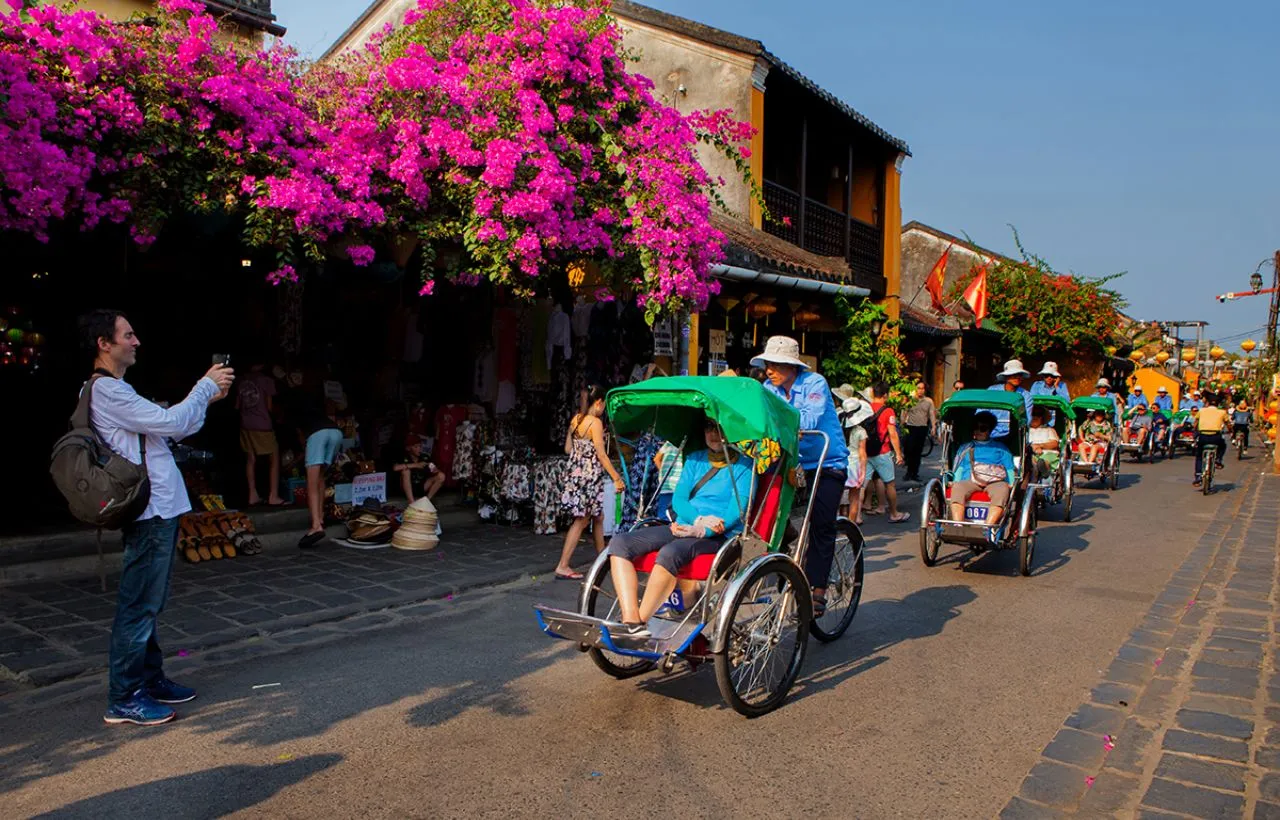
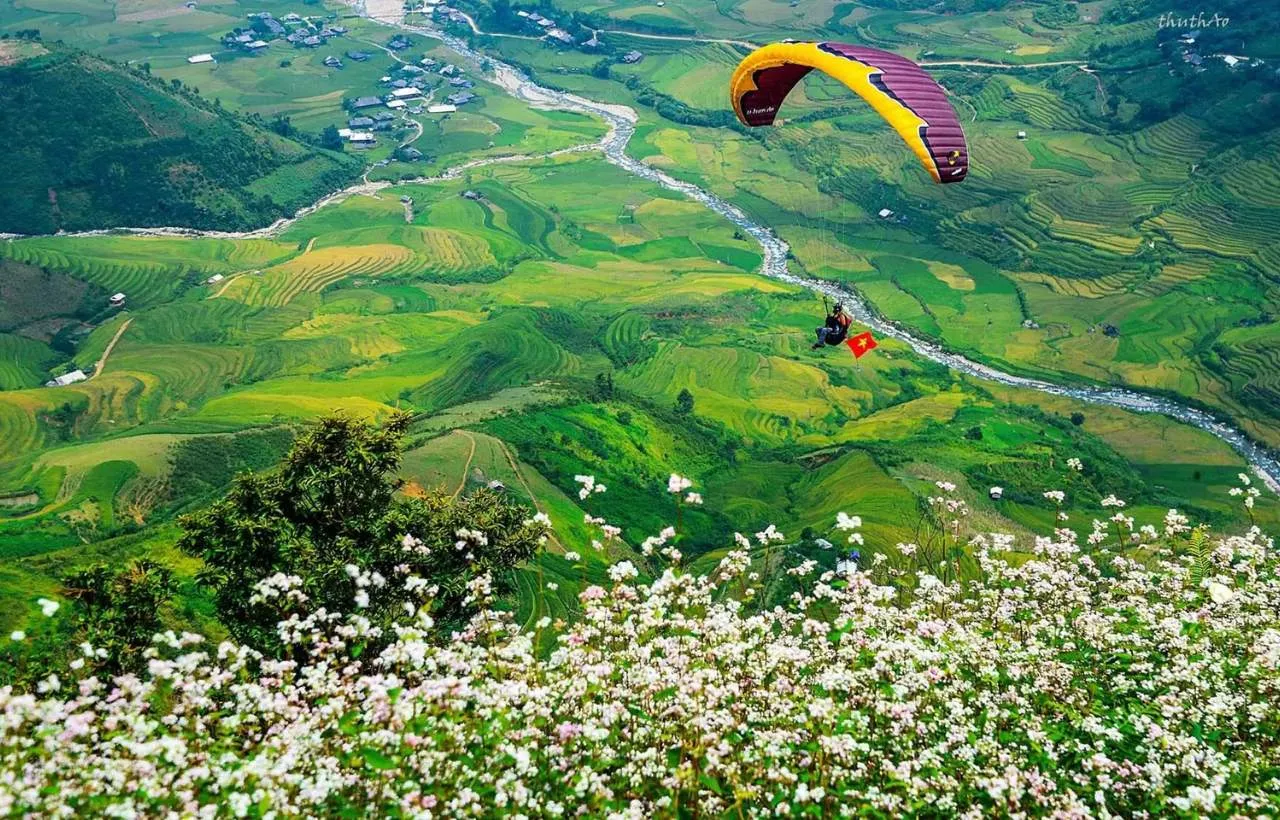
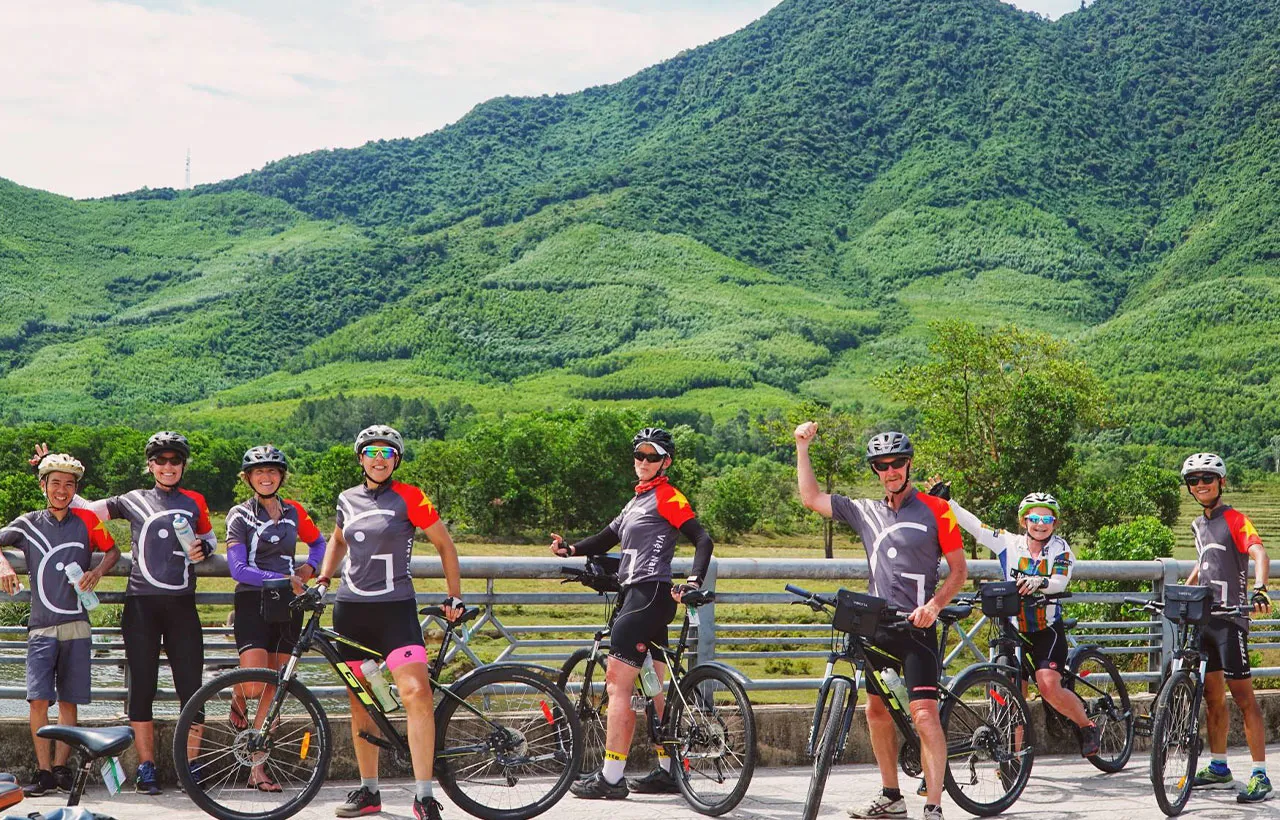























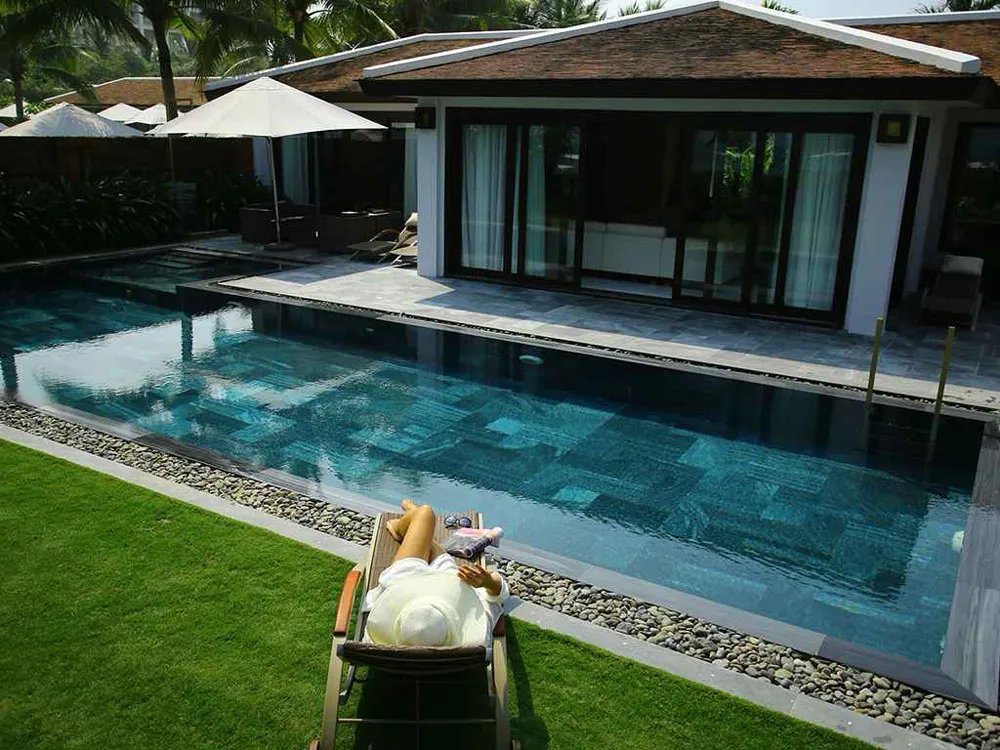

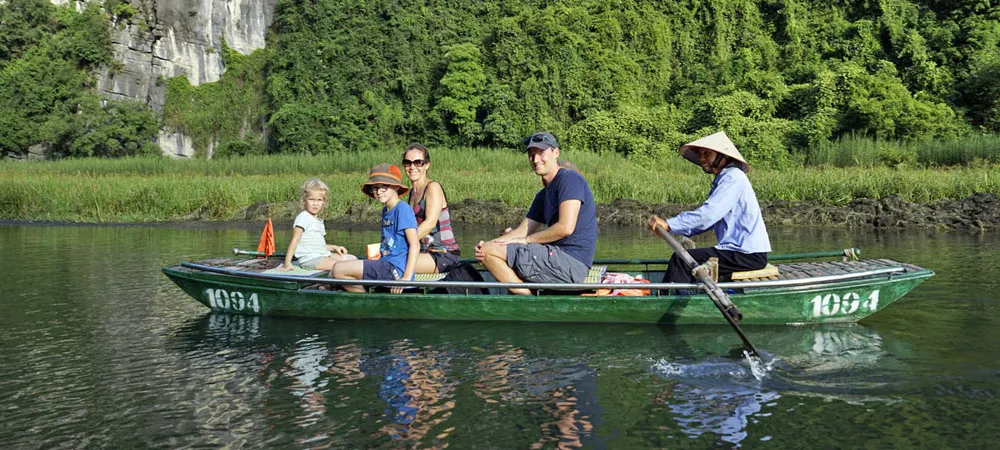


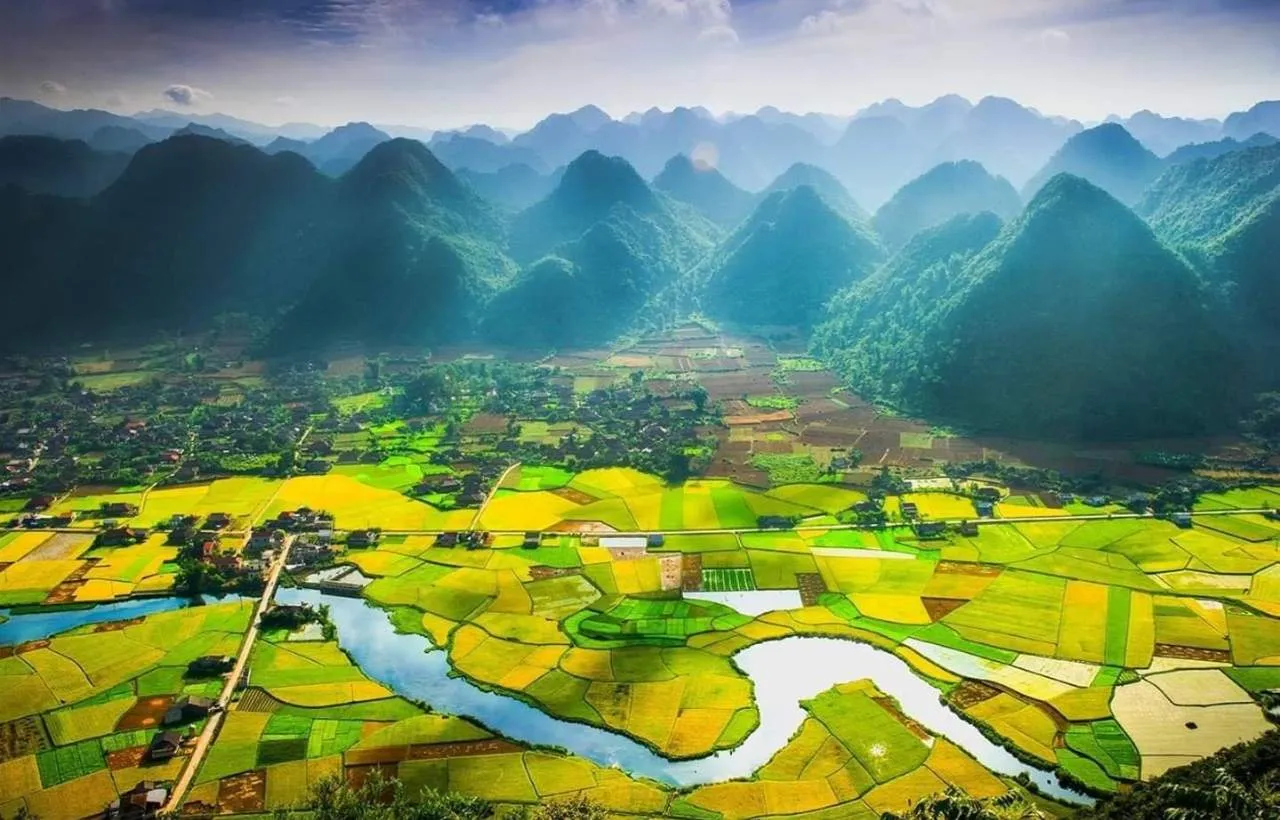

 View trip map
View trip map
